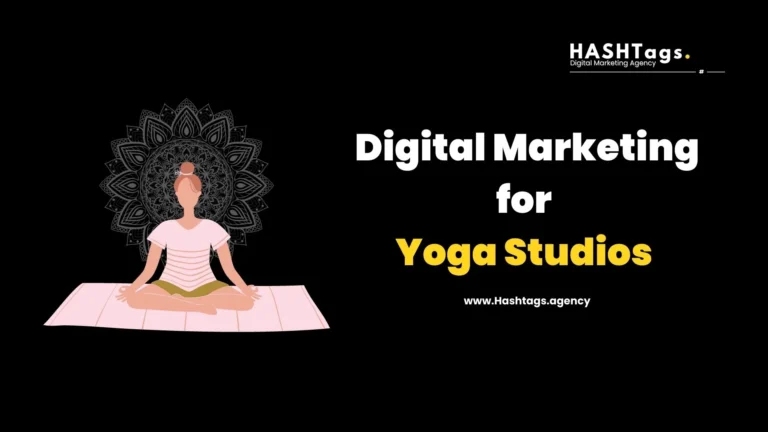Difference Between Branding and Marketing: Unlocking the Key to Online Success
In today’s highly competitive digital landscape, understanding the fundamental difference between branding and marketing is crucial for unlocking the key to online success.
While both concepts are intertwined and vital in driving business growth, they serve distinct purposes requiring unique strategies and approaches.
In this comprehensive guide, we delve deep into branding and marketing, shedding light on their disparities, importance, and how to leverage them effectively to outrank competitors in the online realm.

Unveiling Branding: Establishing Your Unique Identity
Branding is crafting and nurturing a distinct identity for your business, product, or service. It encompasses various elements that collectively shape the perception and recognition of your brand among your target audience. Let’s explore the key components of branding:
- Brand Strategy: Developing a robust brand strategy is the foundation of successful branding. It involves defining your brand’s mission, values, personality, and positioning in the market. A well-crafted brand strategy guides all your marketing efforts and ensures consistency across different channels.
- Brand Identity: Your brand identity is the visual representation of your business. It includes your logo, colour palette, typography, and design elements that create a cohesive and recognizable brand image. A strong brand identity fosters trust, loyalty, and recognition among consumers.
- Brand Messaging: Effective brand messaging communicates your unique value proposition and resonates with your target audience. It involves crafting compelling brand stories, taglines, and key messages that evoke emotions and differentiate your brand from competitors.
- Brand Experience: Brand experience refers to customers’ overall perception and interaction with your brand. It encompasses every touchpoint, from the user interface of your website to customer service interactions. Consistently delivering exceptional brand experiences fosters customer loyalty and advocacy.
Decoding Marketing: Reaching and Engaging Your Audience
Conversely, marketing is the strategic process of promoting your brand, product, or service to reach and engage your target audience.
It revolves around creating awareness, generating leads, and driving conversions. Let’s explore the key components of marketing:
- Market Research: Comprehensive market research is essential to understand your target audience, their needs, preferences, and behaviors. This data-driven approach enables you to tailor your marketing strategies effectively and deliver relevant messages to the right people.
- Digital Marketing: In the digital age, online marketing has become indispensable. It encompasses various tactics such as search engine optimization (SEO), content marketing, social media marketing, pay-per-click (PPC) advertising, email marketing, and more. Each channel serves a specific purpose in reaching and engaging your audience.
- Campaign Management: Successful marketing campaigns require careful planning, execution, and monitoring. This includes defining campaign goals, selecting the right channels, crafting compelling content, and analyzing campaign performance to optimize results.
- Customer Relationship Management (CRM): Building strong customer relationships is crucial for long-term success. CRM involves nurturing leads, personalized communication, and delivering exceptional customer experiences. It aims to foster loyalty, drive repeat business, and generate positive word-of-mouth.
Synergizing Branding and Marketing: The Ultimate Formula
While branding and marketing have distinct purposes, they are interdependent and work synergistically to drive business growth.
By leveraging the power of both, you can create a formidable online presence that outranks competitors. Here’s how you can achieve that:
- Consistent Branding Across Marketing Channels: Ensure that your branding elements, including your brand identity and messaging, remain consistent across all marketing channels. This creates a unified brand experience and reinforces brand recognition and trust.
- Align Marketing Efforts with Brand Strategy: Every marketing initiative should align with your brand strategy. This ensures that your messaging, tone, and visuals are cohesive and effectively communicate your brand’s values and unique selling points.
- Use Compelling Storytelling: Incorporate storytelling into your marketing efforts to engage and connect with your audience on a deeper level. Craft narratives that highlight your brand’s journey, customer success stories, and the impact of your products or services.
- Integrate SEO with Branding: Search engine optimization (SEO) is a powerful tool to enhance online visibility. By incorporating your brand keywords, unique selling propositions, and compelling content, you can optimize your website’s ranking on search engine result pages (SERPs).
- Leverage Influencer Marketing: Collaborating with influential figures in your industry can help boost brand awareness and credibility. Identify relevant influencers who align with your brand values and engage them in partnerships or sponsored content.
Conclusion
In the present day, establishing a strong brand identity and implementing effective marketing strategies are pivotal for online success.
While branding focuses on shaping your brand’s identity, marketing amplifies your brand’s reach and engages your target audience.
By synergizing these two forces and following the abovementioned strategies, you can unlock the key to outranking competitors in the dynamic and competitive online landscape.


